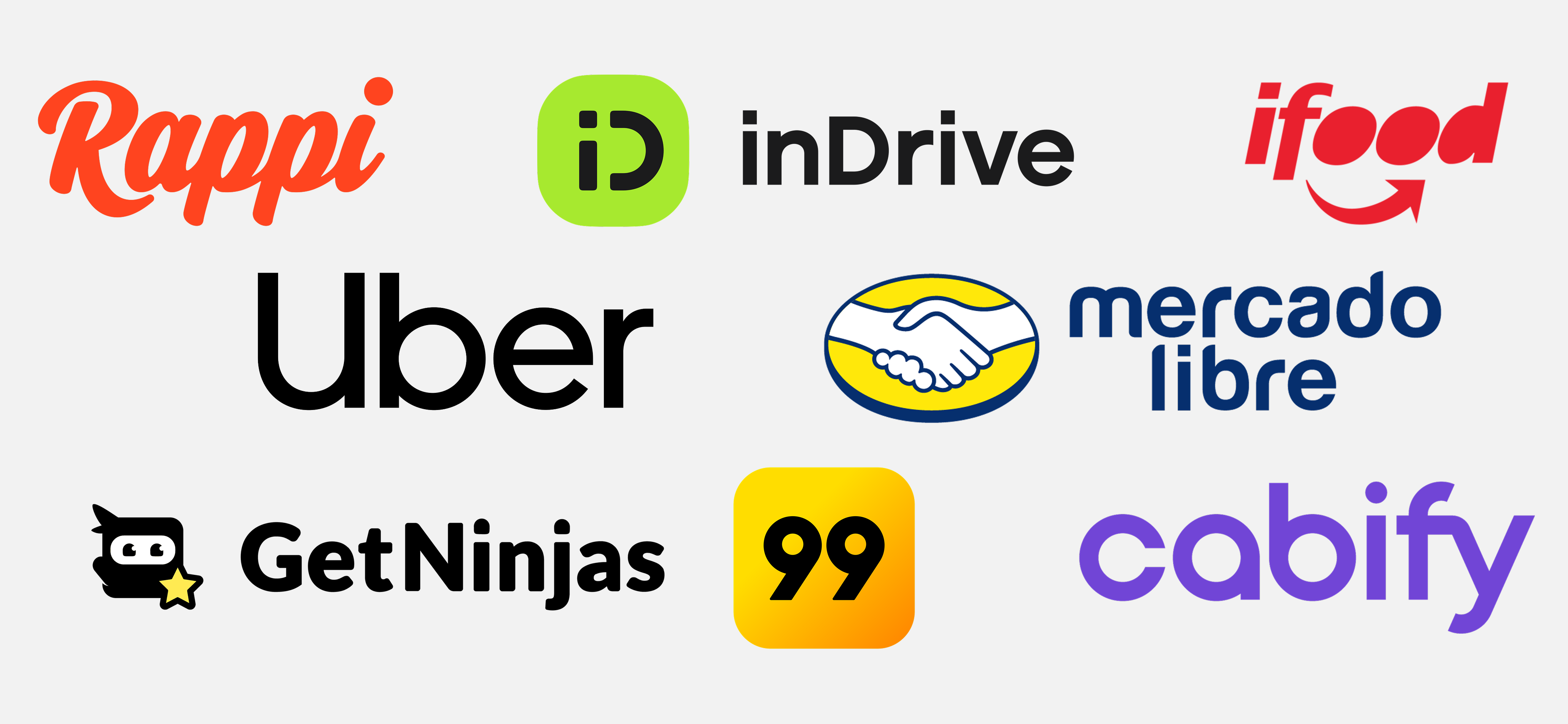Challenges for Hypercasual
Throughout gaming’s explosive growth and technological progression over the last several years, the hypercasual genre of gaming has remained the least complex. For those unfamiliar with what hypercasual means, it is a genre of mobile games that features simple gameplay mechanics, are usually free-to-play, and have very minimalistic user interfaces. Examples include games like Temple Run, Helix Jump, Crossy Road, or FlappyBird.
Mobile has become the largest distribution channel for games ($116b consumer spend in 2021, 64.4% of the total $180b gaming market) by fostering broader adoption through enhanced accessibility, time-efficient gameplay loops, and broader demographic appeal. Nothing characterizes these attributes quite like hypercasual games.
In 2021, hypercasual content represented over 27% of mobile game downloads and made up 36 of the top 100 most downloaded mobile games. However, the genre generated just $3.4b in revenue (~3% of total mobile games spending) across in-app purchases (IAP) and in-app advertising (IAA). Exact data can vary depending on how games are classified, but this gives a general sense of scale for the disproportionate relationship between downloads and sales. Mobile game sales have historically been dominated by genres like RPG and Strategy.
Despite the incredible recent popularity, we believe the hypercasual genre will not only struggle to maintain its current position over the coming years, but in the face of evolving headwinds, become an even smaller component of the mobile gaming market.
Business Model
Hypercasual games are designed with short-term engagement in mind. A given title generally has no narrative, consists of quick and repetitive gameplay, and lacks social elements that create network effects. It is unsurprising that session times generally range from about 6 to 15 minutes and face extremely low retention rates (averages: D1 = 25%, D7 = 7%, D30 = 2%). As a result, while IAPs (i.e., power-ups, cooldown overrides, other consumables) are typically a small component of hypercasual monetization strategies (~6% of total revenue), the primary goal is to quickly maximize the value of a user’s limited attention through advertisements.
When it comes to advertising, hypercasual developers are constantly trying to optimize the ratio of a player’s lifetime value (LTV) relative to the cost per install (CPI). Because hypercasual LTV is typically low, the CPI needs to be conservative (typically under $0.20).
Successful monetization is heavily driven by the volume of impressions per session, as hypercasual is often a race to breakeven at the per user level. At an average cost per mille (CPM, the amount charged for 1,000 displays of an ad) of $20, this breakeven is achieved through ~10 ad impressions in a user’s first session. Given short playtimes, this generally means one advertisement every 36 to 90 seconds.
Challenges Ahead
Given the formulaic path to profitability, hypercasual has historically been viewed as a highly profitable genre within gaming. However, there are three key challenges the genre is facing that we believe could quickly disrupt the validity of this model (and the entire genre) over the next 1-3 years.
1) Advertising Constraints: Mobile privacy concerns have resulted in significant changes to the way that user activities and preferences are tracked. One of the most notable actions to-date came last year when Apple turned their Identifier for Advertisers (IDFA) into an opt-in feature, while Android made their Ad ID (AAID) opt-out (we wrote about this in July 2021). Even though roughly 21% of Apple users (NY Times) did in fact opt-in to personalized ads, there is a significant gap in the market. Prior to this, user data could be automatically monitored across other websites and applications for the purpose of tailoring ads. Although the decision affected virtually every mobile application, the lack of targeted advertising had a dual impact on the hypercasual genre:
- Higher CPI for developers caused by an inability to effectively reach their most relevant audience
- Lower CPM (advertisers’ reduced willingness to pay) due to limited visibility into the audience being reached
Additionally, the Google Play Store recently took advertising restrictions a step further by disallowing full-screen interstitial ads during gameplay starting at the end of September 2022.
2) Competition: This two-pronged pressure on margins is an existential risk to the hypercasual model. Although player attrition is an accepted reality across the genre, most publishers have tried to strategically move players from one title to another within their portfolio (cross-selling). This has been a key driver of sustainability for the largest teams (for example, Voodoo has achieved more than 6b downloads through their vast portfolio of content). However, hypercasual games are particularly difficult to differentiate at the gameplay level, and the barrier to entry is low due to short development cycles and relatively small resource requirements. An oversaturated pool of content leaves defensibility in the hands of marketing budgets, which further works against eroding margins.
3) Revenue Diversification: A potentially obvious solution to the challenges above is to diversify revenue streams beyond advertising. However, there are two key challenges working against shifting focus towards in-app purchases:
- The first challenge is that in-game consumables should theoretically become more compelling to players as they spend more time in the app. This is why a popular approach in hypercasual is to make IAPs transferable across the portfolio of games. Paying players are more likely to be part of the 2% of players that are still active after 30 days. However, this is directly contradictory to the short, low engagement sessions inherent to hypercasual.
- The second reason that revenue diversification is challenging for hypercasual is more market-driven: free-to-play as a whole has impacted consumer expectations. This is reflected in the fact that U.S. consumer spending growth in mobile games is slowing (note: growth is slowing, not nominal spending). Games still command over 70% of mobile spend on both app stores, but we think the adoption of free-to-play games alongside the short-lived nature of hypercasual creates a challenging market dynamic for the entire category.
Takeaway: Following years as one of the downloaded genres in gaming, hypercasual is facing significant headwinds due to the business model’s misalignment with current advertising policies and user trends. In response to this, we believe that some of the most successful players in the competitive landscape will start moving upstream towards casual or mid-core content in an effort to unlock more diversified and sustainable revenue streams.








.png)


.png)
.png)



.png)

.png)

.png)



.png)


.png)

.png)
.png)
.png)
.png)
.png)
.png)



